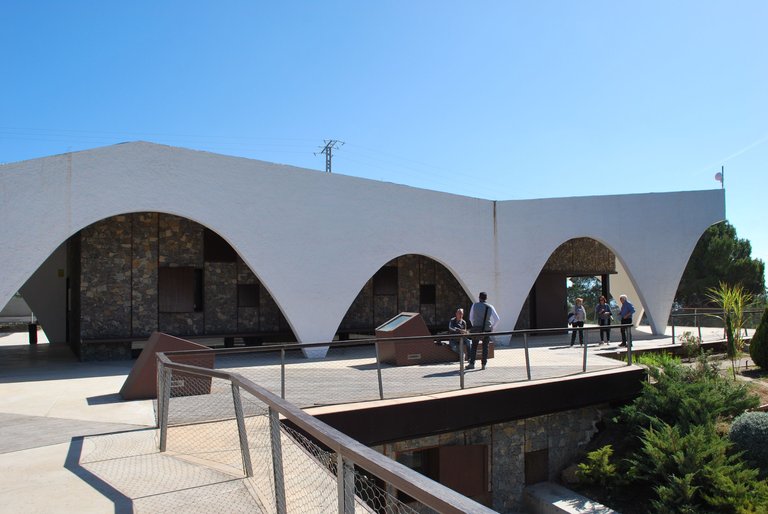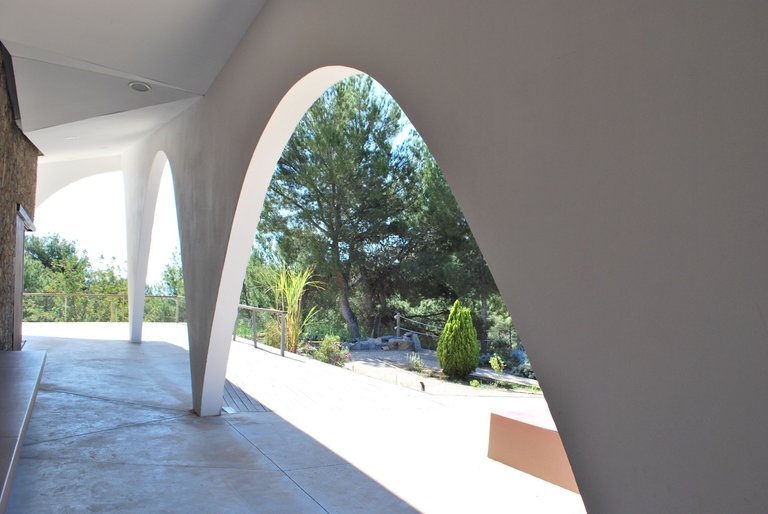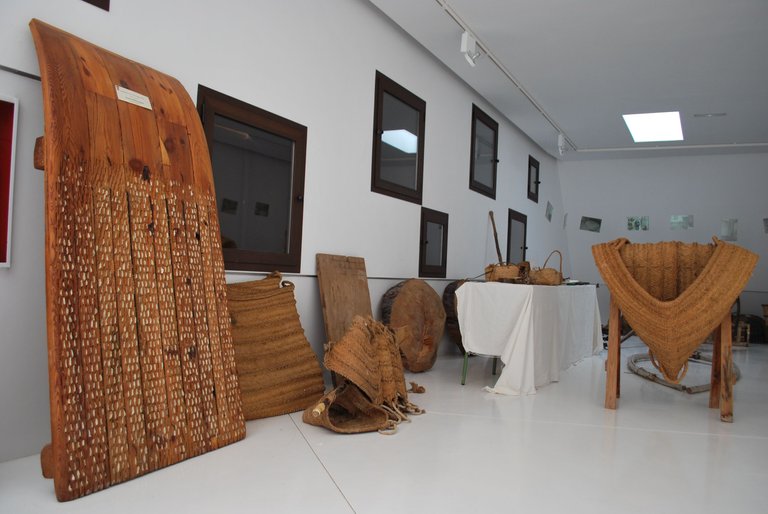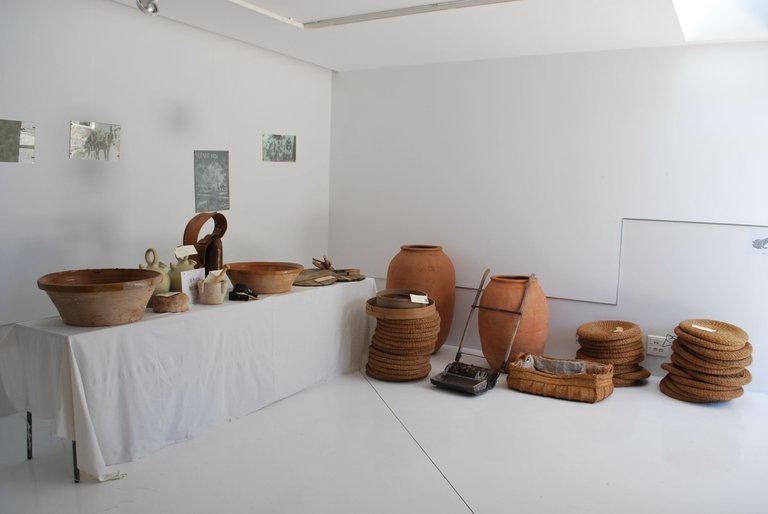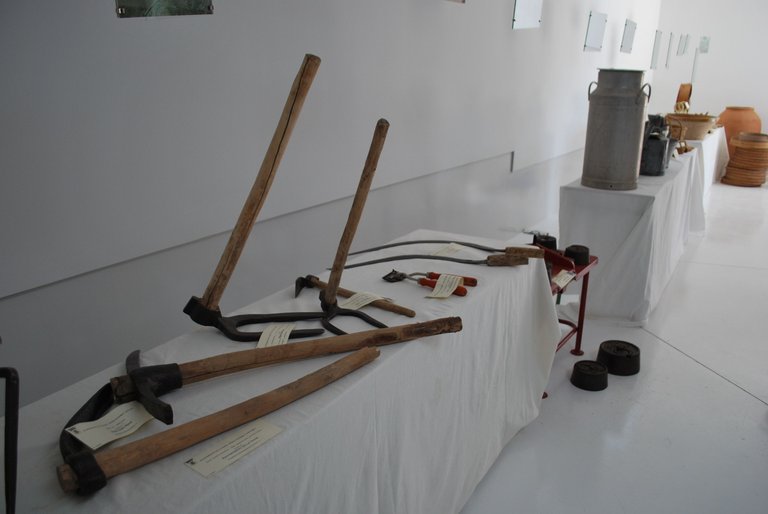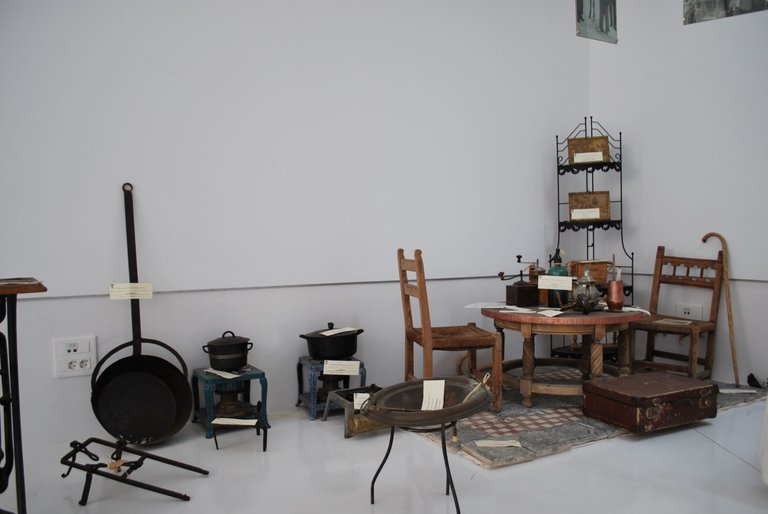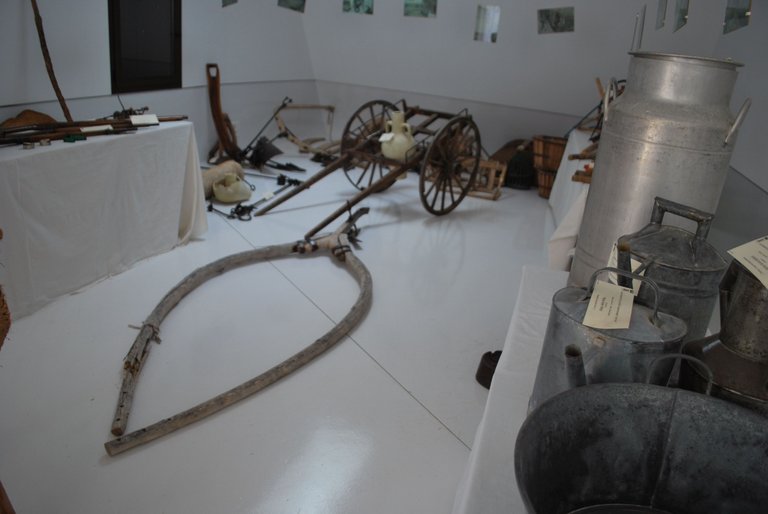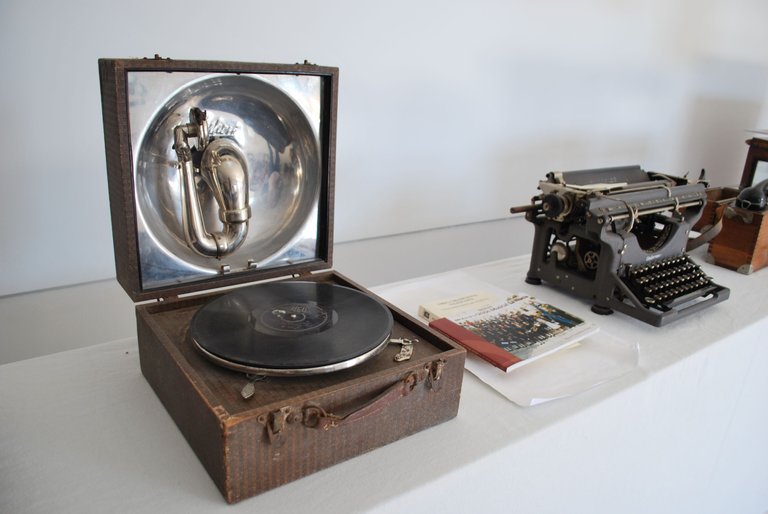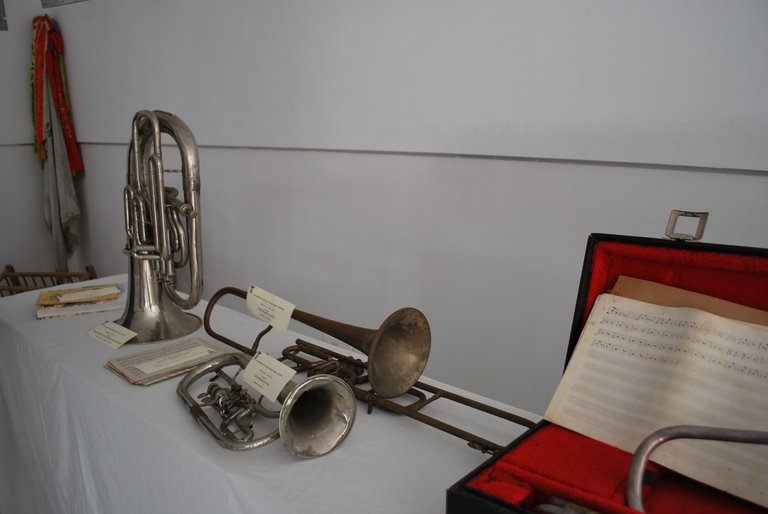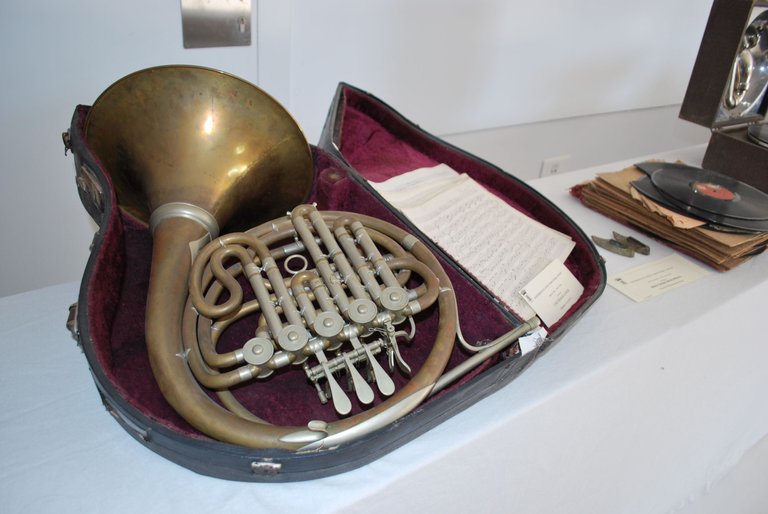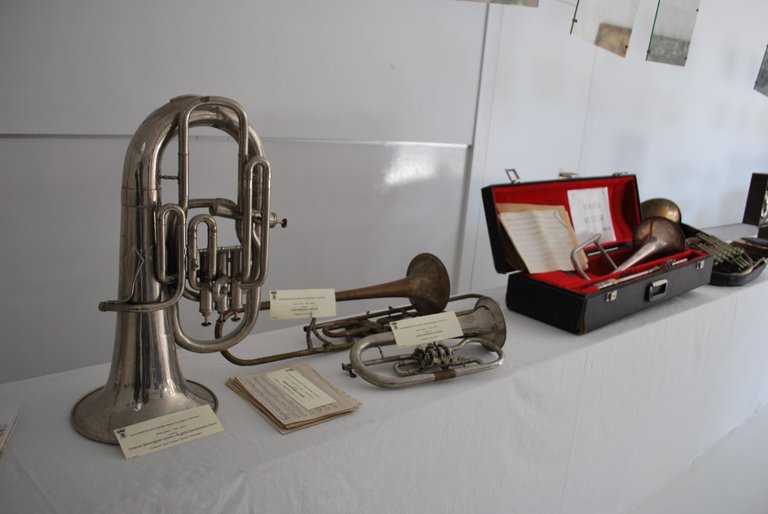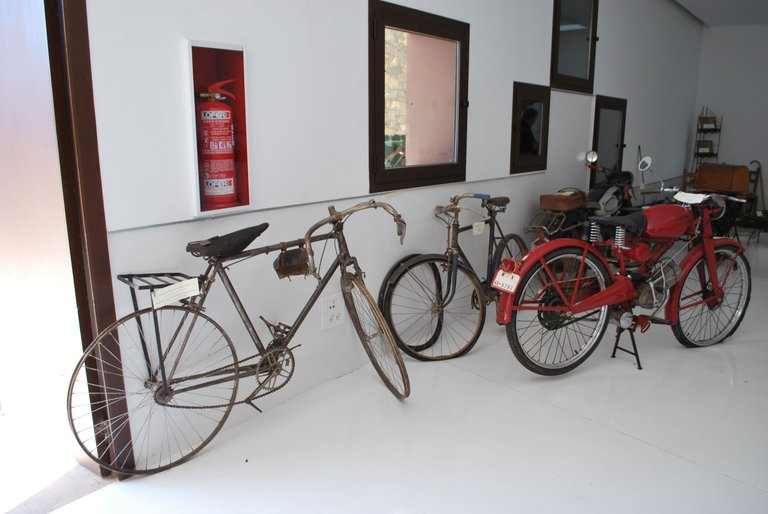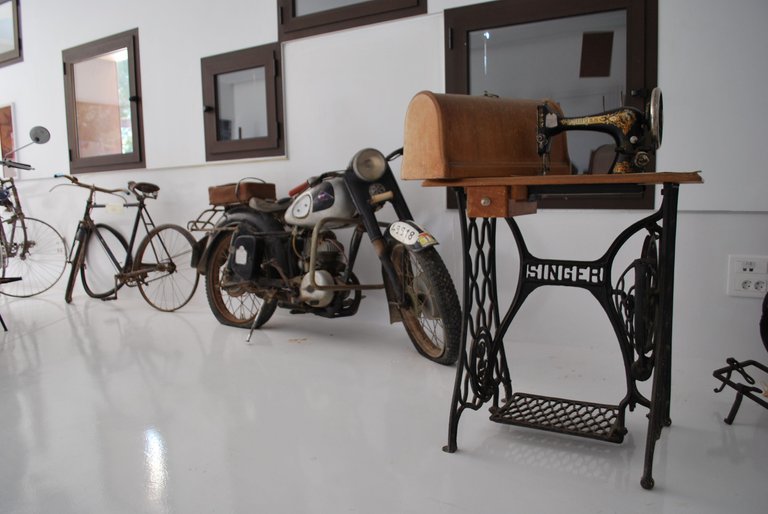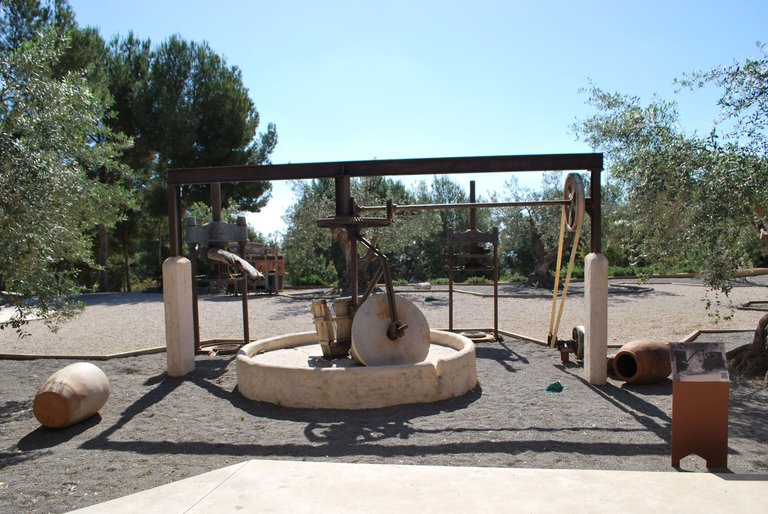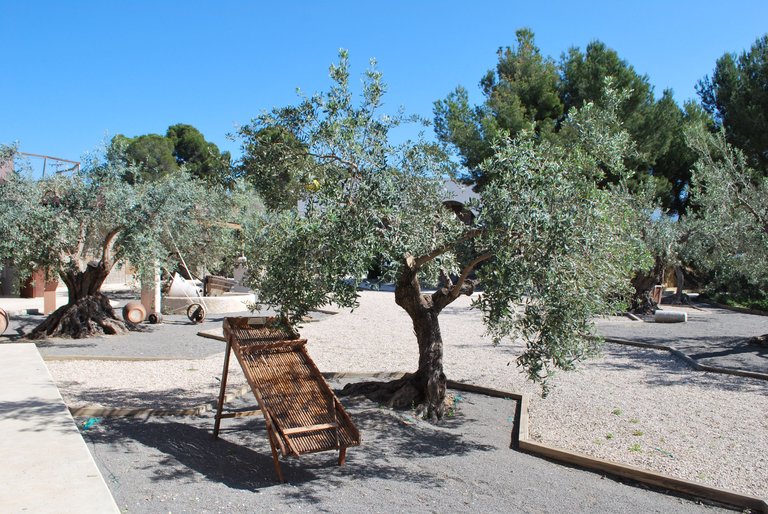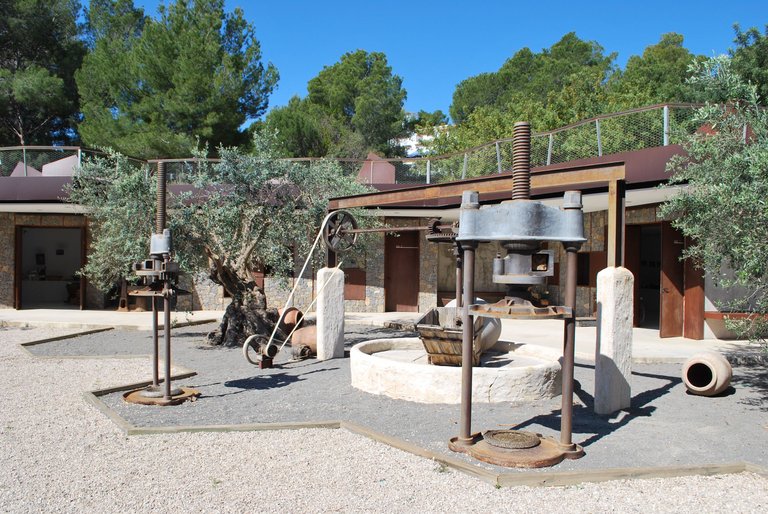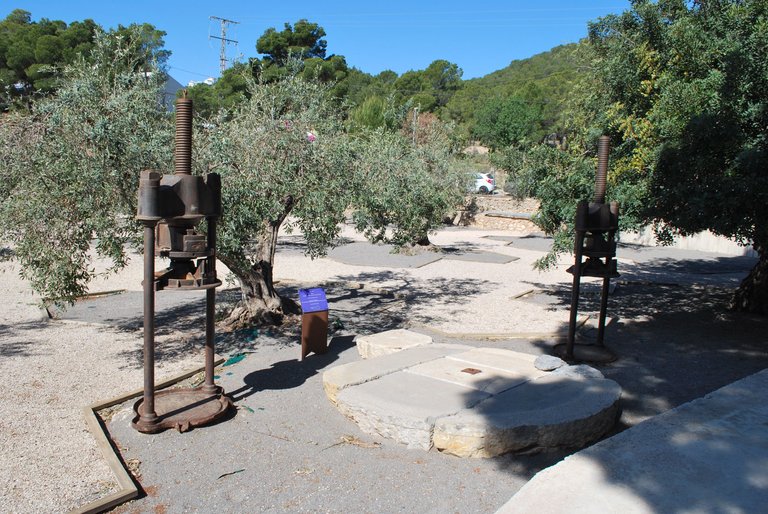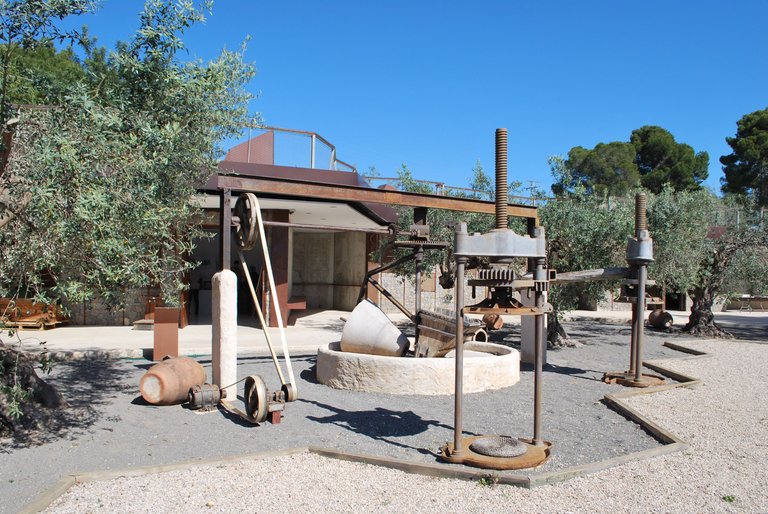A few weeks ago, I had the opportunity to visit one environmental educational centre in La Nucia, Spain. The name of this centre has always attracted my attention - El Captivador (that is in the Valencian language, in Spanish would be El Cautivador). You guess, the English word would be captivator, but why the place received that name, was an enigma for me.
The legend says that it was due to the expulsion of the Muslims from Spain, that Philip III ordered at the beginning of the 17th century. Those who survived the fights and battles were taken to the mountains near Altea and La Nucia. This spot where the captivated people waited was named The Hill ( or Mount) The Captivator.
Finally, after resolving this mystery, I felt more familiar with the place. Although I have visited the small chapel that can be found just by the environmental education centre already a few times, the El Captivador complex itself received this time my very first visit. I didn't know that it had a small museum inside and an interesting exhibition.
Though this centre is situated between Altea and La Nucia, it works with the collaboration of the Univerity of Alicante. The whole idea behind it is to bring to the audience the history and nature of the Mediterranean area. Also, the local life and traditions of this specific area of the town La Nucia are highlighted in the exhibitions and the offered information we can find there.
The centre also counts with tourist and socio-cultural infrastructure, where the educational part can be realized both in the main building that we see in my first photo and in the additional building - Ethnological Musem Jose Solar, that gives space for exhibitions.
The main themes divided into thematic rooms are agriculture, trades, culture and tradition. Outside of the buildings, we can see also an outdoor exhibition showing an old mill and a recreation of a flour mill.
The first thematic room that I visited was an exhibition of the agricultural tools that were used in the past. Although the town in Altea mainly relied on fishing, the next to its settlement, La Nucia had more agricultural activity. The land had to be cultivated, and the fruits of the work collected. Maybe we can think these are primitive tools, but they still could be used, as a part of organic agriculture among some families that still have fields.

Even more interesting was the thematic room where I saw a very interesting object - a phone! How cool it was. A massive wooden box with a telephone handset, imagine having one of these antique ones in your home. What is a smartphone compared to this beautiful piece? This makes me think, would you switch now your phone to this old type one?
Writing a blog on a typewriter would also be interesting. Okay, it wouldn’t be a blog but maybe a book, but let’s not indulge in fantasies. The book would be too much because you know what I like. Music.

And the music could be heard on a gramophone, as we see in the next exhibited object. The sound system of some past days, however, I am sure there are still people who use it, maybe a newer type.
Seems that the town also had an orchestra. I saw just these metal wind instruments, which is typical for Spanish towns - having a wind orchestra (banda musical). They are still active and perform in festivals and celebrations held in the towns. It is a tradition, and not just professional musicians join those orchestras. The rehearsals and practising time, the love and passion for music make it a pleasant activity. Both for musicians and the audience.
Vehicles. I many times joke around that donkeys were the only way to transport yourself and goods in the past, in a smaller Spanish village. Well, we know that it was said just for fun as what is shown in the next photos are not cute and sweet donkeys, but bicycles and motorbikes. Though it would be a bit difficult to ride them, with flat tires!

The outdoor exhibition, situated in the garden shows oil and flour mills and other agricultural tools used in the past. Olive trees and their fruit were one of the main sources of income, so machinery to press the olives and obtain oil was widely used.
In that plot between the Museum and the main building at the entrance of this educational environmental centre, there are olive and carob trees, also some typical shrubs for this Mediterranean area and pine trees. It makes the whole complex match the environment and the feeling of a natural showcase of traditions and history, all in one place.
Discovering this place, almost accidentally finding myself there, was a nice surprise. Looking now back at the photos, I am not regretting spending some time there and hurting my feet, as I didn't count an additional walk - I had to wear some more comfortable shoes for this occasion :D

